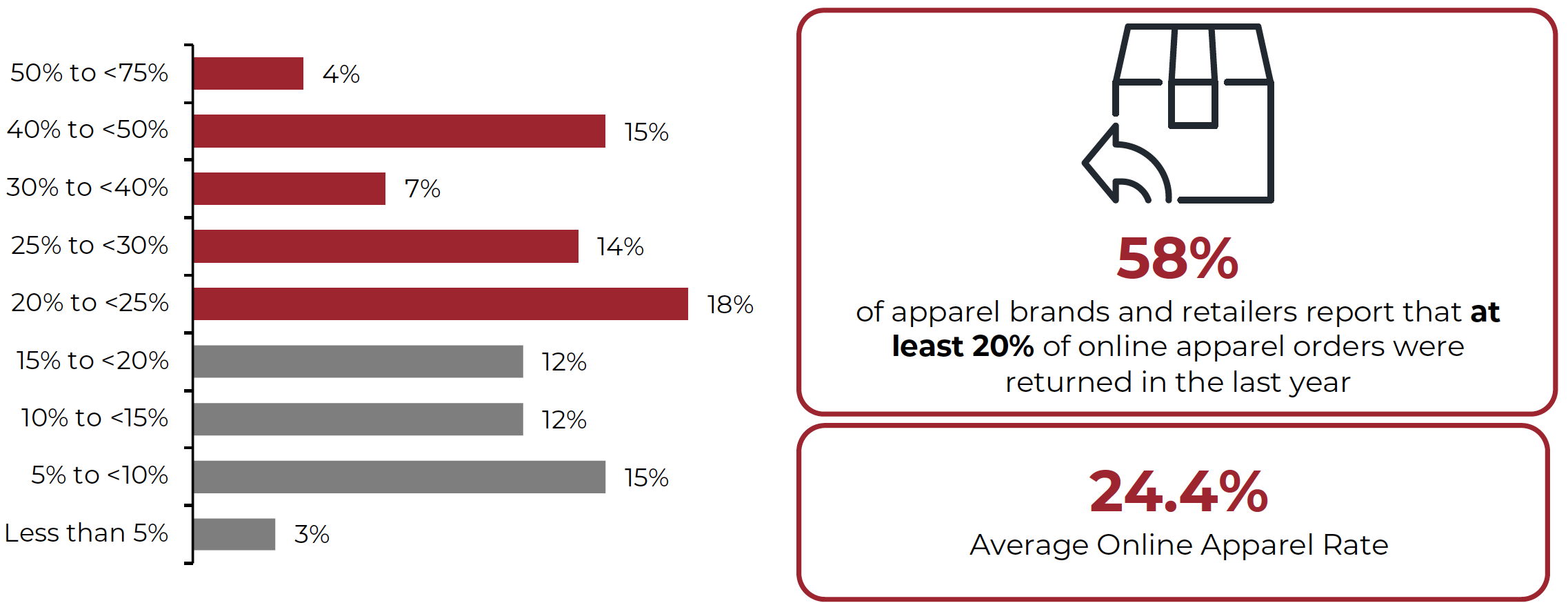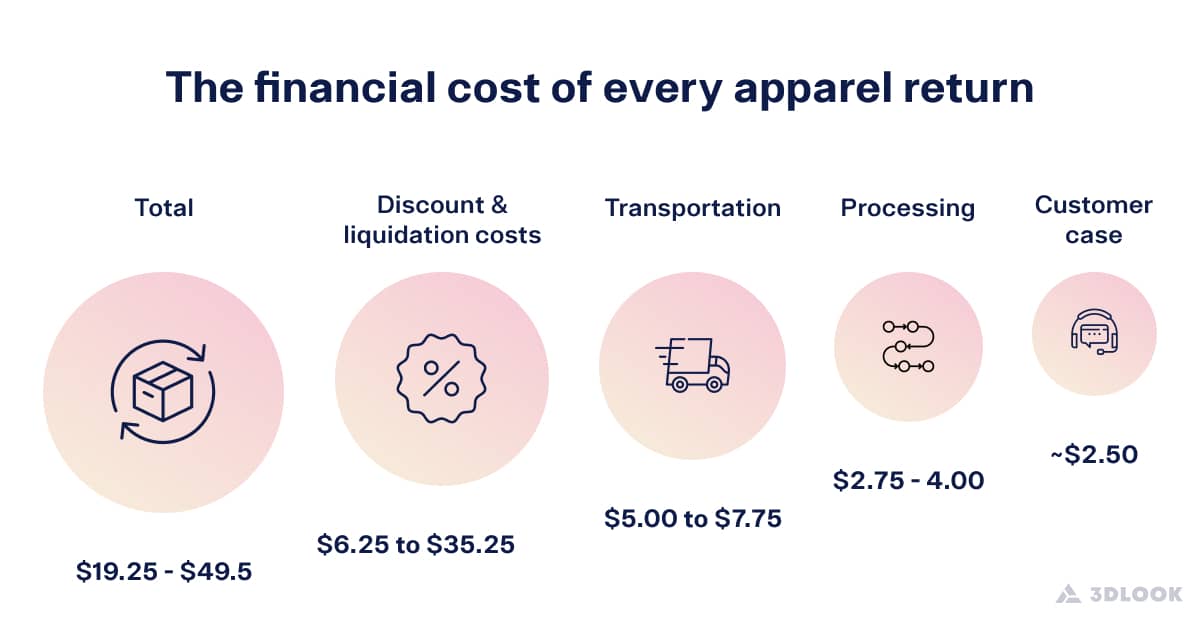Alright, let’s talk about something that’s been on my mind lately – the real cost behind those online fashion returns. It’s not something you think about much when you click that ‘return item’ button, right? But I got curious, started digging into it a bit, partly because I was thinking about selling some stuff online myself, and partly just seeing how much stuff gets sent back these days.

So, I started by just trying to map out the journey of a returned t-shirt, let’s say. Seems simple, but man, it gets complicated fast.
My First Look: What Actually Happens?
First thing I did was list out the steps. You, the customer, decide you don’t want it. You print a label (sometimes free for you, but not free for the seller) and drop it off. Okay, that’s step one.
Then, the package travels back. That’s shipping cost number two, right there. It doesn’t magically teleport. Someone’s paying the courier.
Once it gets back to the warehouse, or wherever it goes, it doesn’t just jump back on the shelf. Someone has to physically open the package. Check the item. Is it damaged? Stained with makeup? Smell like smoke? Yeah, people return things in all sorts of conditions. This takes time, and time is money – someone’s gotta get paid for doing this inspection.
Breaking Down the Costs I Found
So, digging deeper, I started jotting down the actual cost buckets I could identify from my little investigation:

- Return Shipping: This was the most obvious one. Even if the customer gets a free return label, the retailer is eating that cost. And it’s often not the bulk rate they get for sending stuff out initially.
- Processing/Handling: Like I said, someone’s gotta open it, check it, decide what to do next. That’s labor cost.
- Repackaging: If the item is okay, maybe it just needs a new bag or tag. That’s still a cost – materials, more labor.
- Cleaning/Refurbishing: Sometimes stuff needs cleaning or minor repairs. More cost.
- Inventory Issues: It takes time for the item to get back and be processed. During that time, it’s not available for sale. If it’s seasonal fashion, by the time it’s ready to resell, it might be out of style or need a heavy discount.
- Write-offs: Here’s the big one I realized. A surprising amount of returned stuff apparently can’t be resold as new. It gets damaged, it’s worn, or it’s just not worth the cost of putting it back into inventory. So, it gets discounted heavily, sold to liquidators for pennies, or sometimes, sadly, just disposed of. That’s a huge potential loss.
Trying to Put Numbers On It (The Hard Part)
Trying to find exact figures was tough. Companies don’t exactly shout about these costs. But from what I could gather talking to a couple of small online sellers I know and reading between the lines on industry reports, the cost for one return can be pretty significant. We’re not talking cents here. For cheaper items, the cost of handling the return can easily be more than the profit margin on the item itself. Sometimes it’s even more than the item’s original selling price!
It really opened my eyes. You see brands offering free returns everywhere, and it sounds great for us shoppers. But behind the scenes, it’s a massive operational headache and expense for them.
What Now? My Thoughts…
So, after going through this exercise, I get why some retailers are starting to charge for returns, or offer store credit instead of cash back. It’s not just them being cheap; it’s a real financial pressure. It also made me think more carefully about my own online shopping. Do I really need to order three sizes of the same jeans just to try them on? Probably not.
It’s a complex issue. Easy returns are great for customer confidence, but the hidden costs are piling up. Seeing the process laid out like this, from start to finish, just based on my own digging and piecing things together, definitely gave me a new perspective on that simple click of the ‘return’ button.



